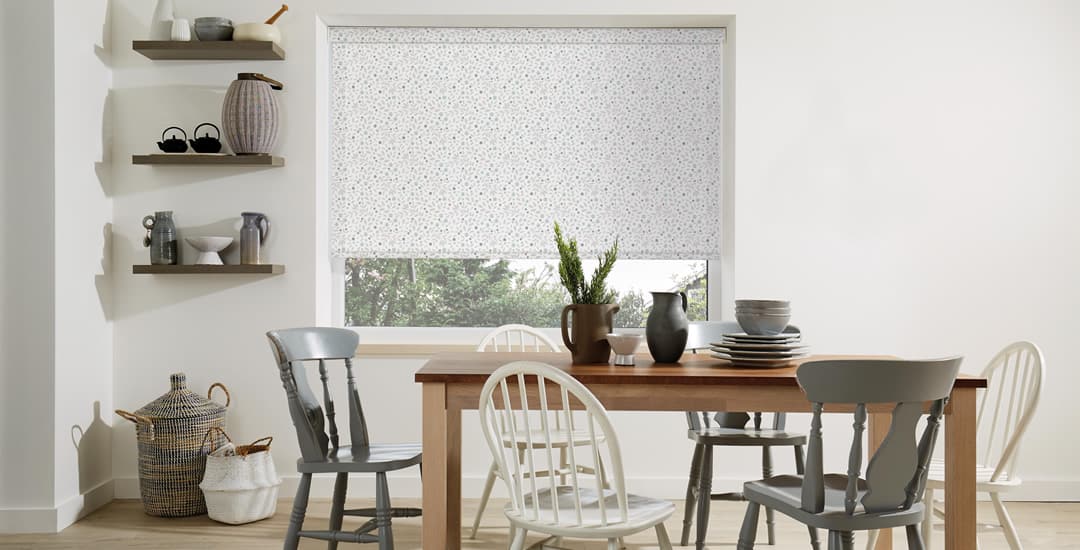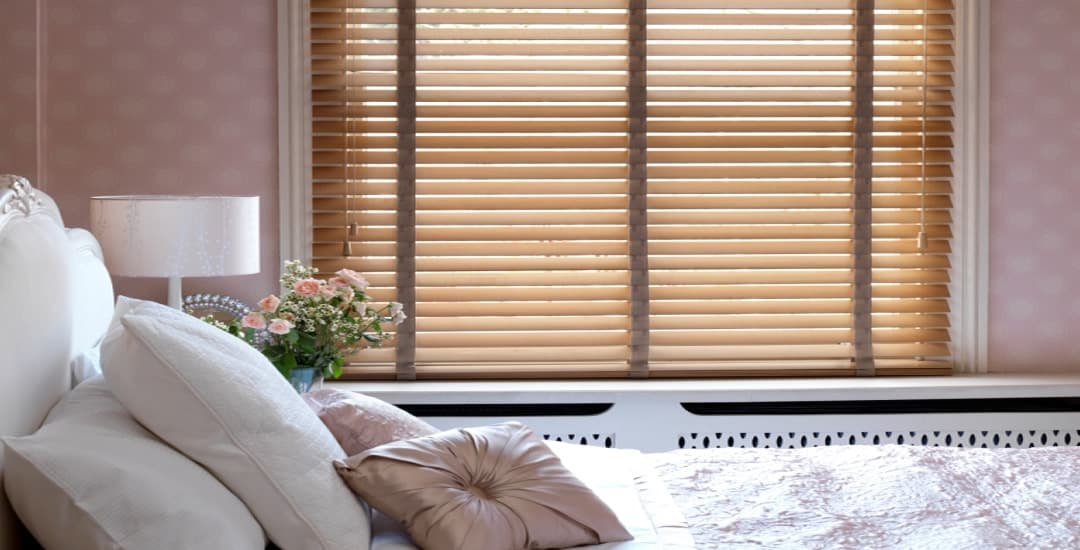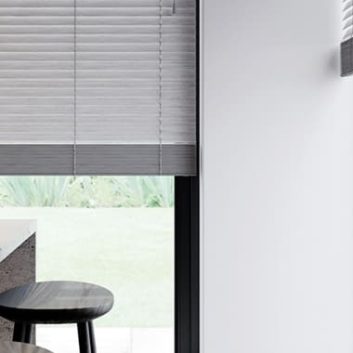
Do blinds have to fit exactly? Yes, if you want to maximise their efficiency in terms of both blocking the light and insulating your window. A blind that is too small for a window will look rather odd as well as letting light in and heat out, while one that is too large won’t fit at all if you planned to hang it inside of the recess, and might well swamp the surrounding wall if you plan to hang it over the recess.
In this blog post I will talk about how blinds should fit, why a blind might not fit exactly, and the best way to fit a blind so that it looks its best and performs as intended!
How are blinds supposed to fit?
In terms of the blind’s length, measure from the top of the window to the windowsill, and we will make your blind in the correct length. Blinds should fall right to the windowsill if inside of the recess rather than stopping short, or just a shade off the floor for things like patio doors.
For blinds hung over the recess, these should actually be a little larger than the recess itself. We recommend a border of at least 10cm covering the wall on all four sides, to enable the blind to block the light to greatest effect when fully closed.
For blinds hung inside of the recess, they should be as close to the exact width of the window as possible, but with a small margin to enable the blind to operate freely without catching at the sides.
Why do blinds have to fit exactly to be most effective?

A blind that is too small for the window will let light in, and it will also look weird! A blind that is too large will swamp a smaller window and can mess with the proportions of the wall and room. It may also occlude into the space of the glass itself, such as if a Roman blind is significantly too long for the window; when it is closed, the stack of pleats it forms at the top will be overly large too.
Also, a blind that is too small won’t insulate the window as effectively as it otherwise would, aside from the fact that it won’t block the light sufficiently. This isn’t an issue with a blind that is too large; then, the problem is essentially just that it doesn’t look great.
Should blinds have a gap at the sides?
Blinds are supposed to fit the window exactly if hung inside of the recess – so you would measure up the inside of the recess and order a blind that will cover the entire window side to side with the smallest possible gap at the edges – we will make 1cm or so allowance (depending on the type of blind), to ensure that the blind opens and closes smoothly and that the fabric doesn’t jam or overlap onto the wall.
Blinds hung over the window recess should have an additional border at the sides, rather than a gap.
Why might a blind not fit exactly?
There are only a couple of reasons why a blind might not fit exactly; the first is if you buy made-to-measure blinds and someone gets the measurements wrong! Assuming that the error is on your side when measuring up and providing the measurements to the blinds company, you would need to order and pay for a replacement blind.
If the error was made on the part of the blind’s manufacturer, they should of course replace the blind with one of the correct size for free.
If you buy readymade blinds, however, there is a strong chance of them not fitting correctly! Readymade blinds are made in set sizes, which means that you might be able to buy one that is already the right size for your window if it happens to be in line with the available sizes sold.
However, if you’re buying readymade it is more likely that you’ll need to compromise, and buy a blind that’s as close a match as possible on the larger side. Readymade blinds are usually made to be cut to size or altered at home, which can then allow you to get the right fit.
However, doing this in practice can be more complicated than it looks, and the cosmetic results of doing so are rarely great. Additionally, the fact that readymade blinds are designed to be cut to size means that they’re not as sturdy as made-to-measure blinds, and will both look rather more flimsy and won’t last as long either.




